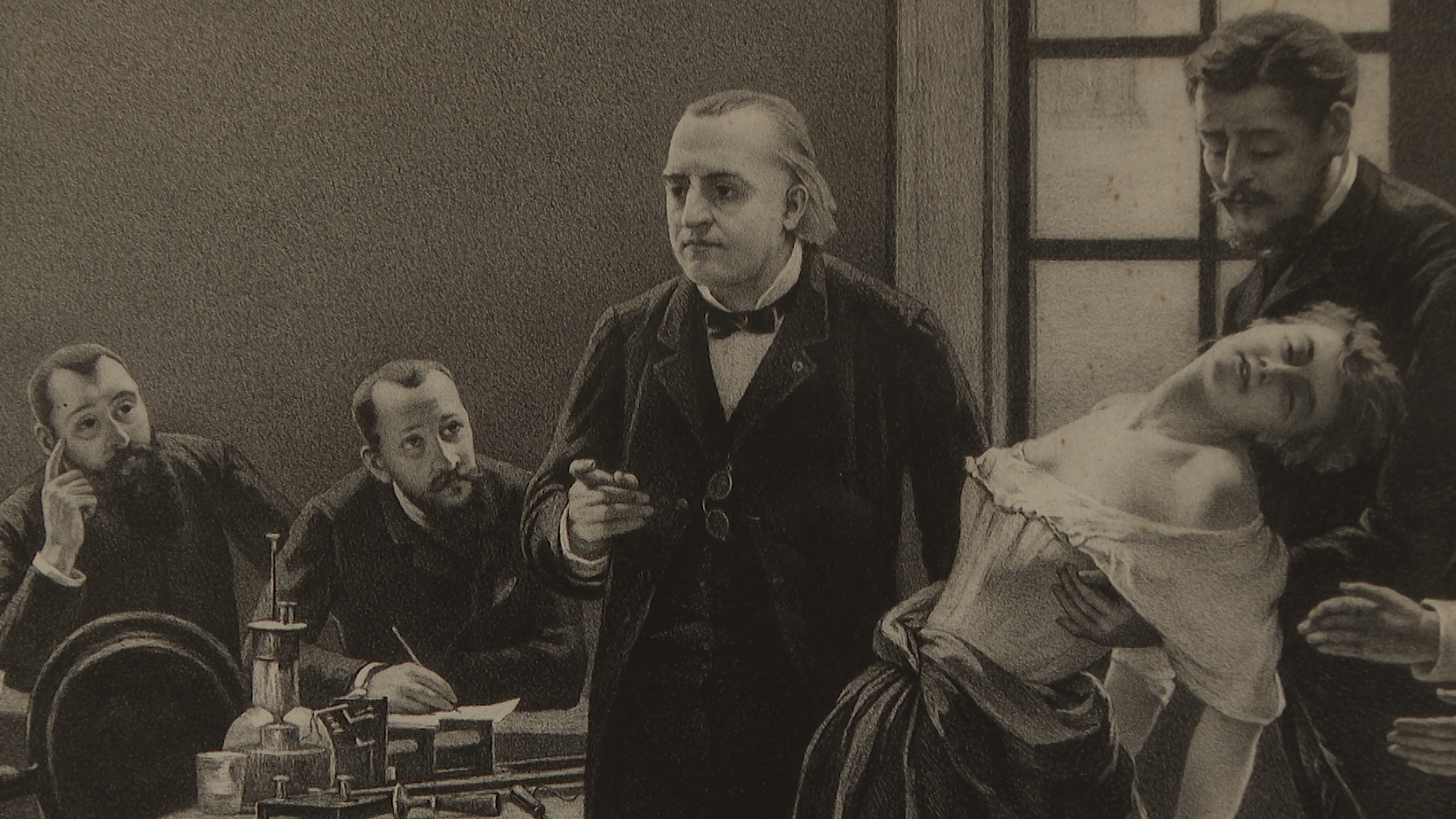02:42

The founder of psychoanalysis Sigmund Freud held a fascination for China in his later life.
His collection of Chinese ornaments and artworks are on display at a new exhibition open to the public from 12 February until 26 June 2022, at his former North London home which now hosts a museum.
"When he died, his daughter Anna, who lived in the house until the 1980s, kept Freud's study very much as a shrine as a memorial to her father," said Craig Clunas, Professor emeritus of History of Art at Oxford University and curator of the Freud and China exhibition.
"So the arrangement of things remained exactly the same. So when you come and see the things in the Freud Museum, you are seeing them as Freud himself saw them," he said.
READ MORE
Food that keeps COVID-19 at bay
Who's visiting Ukraine? And who isn't?
What is the Year of the Tiger?

Freud's collection of Chinese ornaments and artworks are on display at his former North London home, now a museum. /Megalit/Wikimedia Commons
Freud's collection of Chinese ornaments and artworks are on display at his former North London home, now a museum. /Megalit/Wikimedia Commons
On his desk, pride of place, right in his eyeline is a miniature jade screen, one of only two items selected to be smuggled out of Vienna when it was thought the Nazi's planned to confiscate all his worldly possessions.
Sigmund Freud and his adult daughter Anna came to London as refugees, escaping the Nazi's in Austria in 1938.
Freud's study is crammed with objects, and while greatly outnumbered by his Greek, Roman and Egyptian pieces, Freud's fascination with Chinese objects came late.
"He seems to have started collecting Chinese things in the 1930s, so in the last decade of his life," said Clumas.
"One of the things I should say is that a lots of these objects are not what Freud thought they were - a lot of them are modern fakes. Things like his two camel figures, the two horse figures, the so called tomb figures dating back to the Tang dynasty, things that are meant to be a thousand years old, are in fact modern copies," he said.

According to experts, Freud used the Chinese objects "as a spur to his imagination." /CGTN Europe
According to experts, Freud used the Chinese objects "as a spur to his imagination." /CGTN Europe
Clunas said this was partly a sign of the times, and the standard of collectors and knowledge of China in Vienna. But it also seems the famous psychoanalyst saw the Chinese objects as aesthetic additions to his life, rather than aids to his work as other ancient artefacts were.
"He is using these objects as a spur to his imagination," said Clunas.
Freud avoided serious research into Chinese objects and schools of thought. But he did use Chinese language in his influential writings on interpreting dreams. When a Chinese philosopher asked him his sources, he referenced his Encyclopaedia Britannica.
"It maybe humanizes Freud a bit. He is [seen as] this sort of god-like being with these theories and who understands the deepest secrets of your soul," said Clunas.
"But to discover the kind of Freud could get it wrong, like we all do, in a way that is may be an interesting idea."
Perhaps that nod to the 'mysterious' East lifts the curtain a tiny bit on Freud's inner emotional life, or like one of his most enduring ideas, his unconscious mind.

